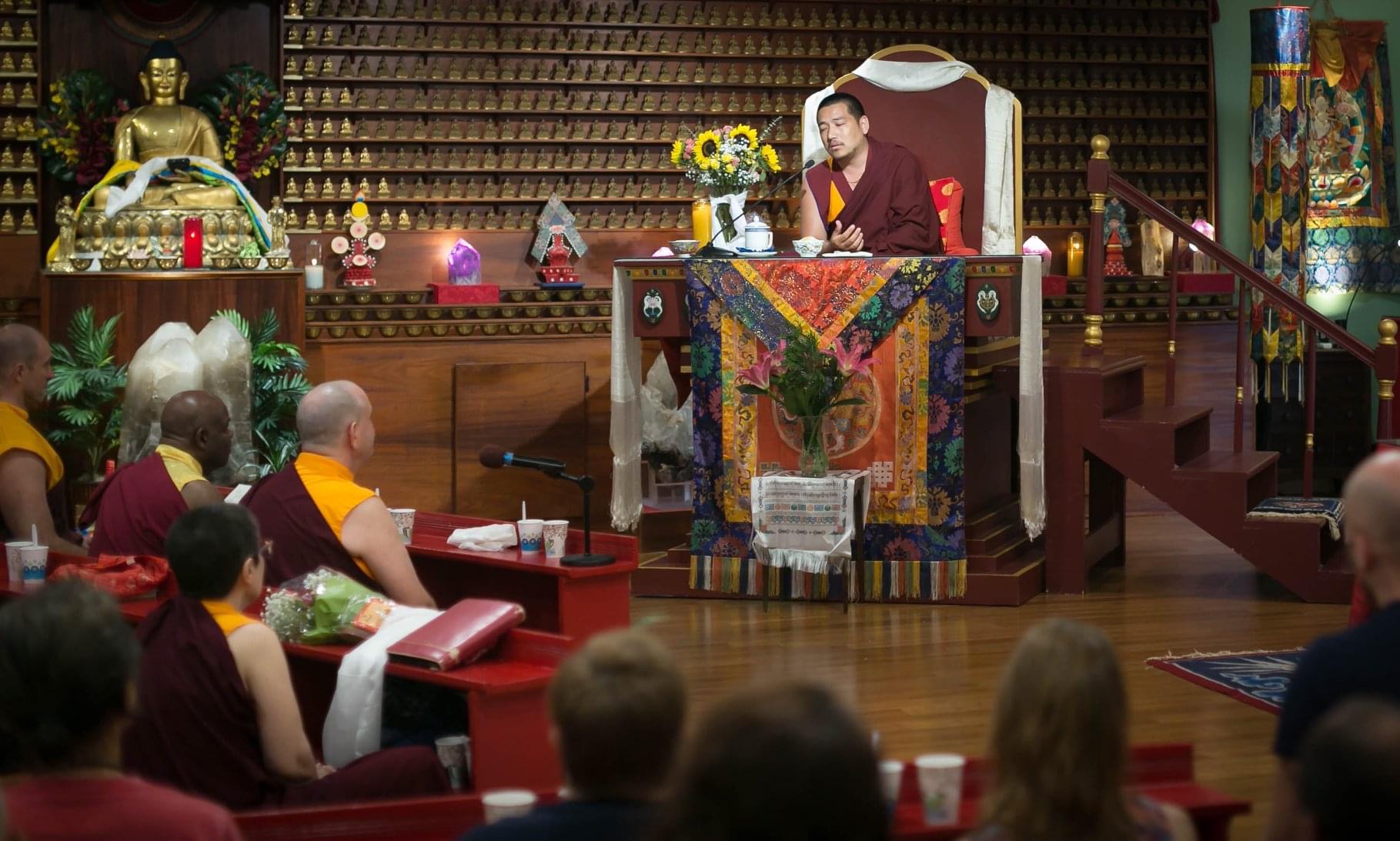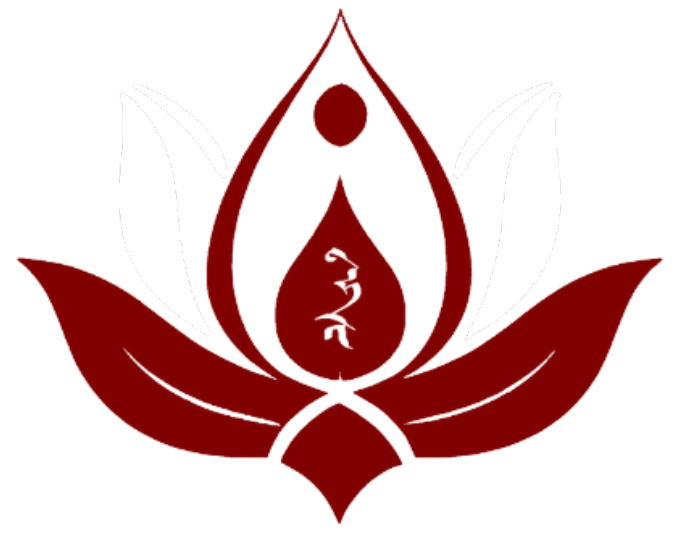Buddhism
Buddhism originated with Siddhartha Gautama, who was born a prince but later renounced his royal life to seek enlightenment. After attaining enlightenment at the age of 35, he became known as the Buddha, the Awakened One, and dedicated 45 years to teaching the Dharma, offering 84,000 different teachings to guide sentient beings toward liberation.
Buddha was born in Lumbini, Nepal, in 563 BCE into a royal family. His father, King Suddhodana, and his mother, Queen Maya Devi, named him Siddhartha Gautama. At the age of 16, he married Yashodhara, and they had a son named Rahula. At 29, he renounced his princely life and practiced unwavering meditation for six years. At 35, he attained enlightenment and began teaching. He passed away at 80, entering Parinirvana.
Buddha’s teachings were structured and systematic, beginning with the Four Noble Truths, the principle of interdependent origination, and the fundamental nature of emptiness. His teachings culminated in the Great Perfection (Dzogchen), which reveals the luminous nature of the mind.
Buddha’s teachings are categorized into three vehicles: Hinayana, Mahayana, and Vajrayana. Practitioners can choose a path based on their understanding and temperament.
Nyingma Lineage
The Nyingma lineage, particularly the Dzogchen tradition, traces its origins to Buddha Samantabhadra and was passed down to Garab Dorje. It continued through great Mahasiddhas such as Shri Singha, Jñanasutra, and Vimalamitra. Buddhism spread to Tibet and the Himalayan region in the 8th century when King Trisong Deutsen invited Bodhisattva Shantarakshita and Guru Padmasambhava from India to teach the Dharma. Under their guidance, a group of translators, including Vairotsana, translated the sacred texts into Tibetan, forming the foundation of the Nyingma tradition. Later, three other major Tibetan Buddhist schools—Sakya, Kagyu, and Gelug—emerged from new translations and became known as the Sarma traditions.
The Nyingma tradition outlines nine Yanas (vehicles) of practice:
- Śrāvaka Yana
- Pratyekabuddha Yana
- Mahayana
- Kriya Tantra Yana
- Charya Tantra Yana
- Yoga Tantra Yana
- Maha Yoga Yana
- Anu Yoga Yana
- Ati Yoga Yana
Palyul Lineage
Within the Nyingma tradition, six mother monasteries were established: Dorje Drak, Mindroling, Shechen, Dzogchen, Kathok, and Palyul. Palyul Monastery was founded in 1665 by Vidyadhara Kunzang Sherab. The core teachings of Palyul stem from Terton Mingyur Dorje, who revealed the “Sky Treasures” (Nam Chö). His disciples included Karma Chagme, Rigzin Kunzang Sherab, and Ahkon Lhamo, among others. Palyul practices encompass the Kama (the words of Buddha), Terma (revealed treasures), and Dag Nang (pure vision). Additionally, they follow the teachings of Jatsön Nyingpo, Ratna Lingpa Terma, Karma Lingpa Terma, Jyangter, and Tersar (new revealed treasures).
Practitioners must thoroughly study and practice each step to attain enlightenment.
Establishment of Namdroling Monastery
In 1963, the 3rd H.H. Penor Rinpoche established Namdroling Monastery in Karnataka, India. Today, it supports over 5,000 monastics and remains a vital center for the Palyul lineage. The current throne holder is H.H. Karma Kuchen Rinpoche. Other prominent figures leading Namdroling Monastery include H.H. Mugsang Kuchen Rinpoche, H.H. Gyangkhang Rinpoche, Khenchen Pema Sherab Rinpoche, Khenchen Namdrol Tshering Rinpoche, and Khenchen Tsewang Gyatso Rinpoche.
Principles of Buddhism
Belief in the law of causality, as a foundational aspect of Buddhist teaching, and the philosophy of interdependent origination are crucial points. Ultimately, recognizing and acknowledging that all phenomena are empty by nature is essential. Selfishness is merely a reflection of life, akin to a dream, an optical illusion, a magical trick, an echo, a mirage, water bubbles, a manifestation, or the moon reflected in water. Strive to understand all phenomena in this way.
Law of Causality
The law of causality is a fundamental principle in Buddhism, stating that everything arises due to causes and conditions.
Interdependent Origination
Interdependent origination, or dependent arising, is the doctrine that all phenomena arise in dependence upon other phenomena.
Emptiness
Emptiness in Buddhism refers to the absence of inherent, independent existence in all phenomena.
Nature of Phenomena as Illusory
The comparison of phenomena to illusions, dreams, and other ephemeral images highlights the idea that what we perceive is not ultimately real or permanent.
Origin of Suffering
Suffering arises from craving (tanha) and desire. This craving leads to attachment to transient things, which inevitably results in suffering because everything is impermanent.
Marga
The path leading to the cessation of suffering is the Noble Eightfold Path.
My Mission
Our mission is to share the teachings of Buddhism, with a focus on the significance of the law of causality and the philosophy of interdependent origination. We believe that embracing and understanding these principles can foster a more peaceful and harmonious world.


